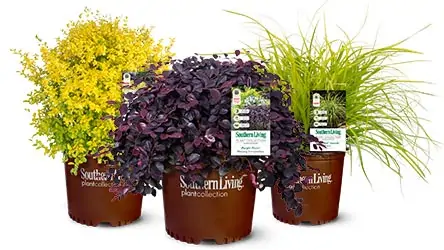Evergreen foliage, dense, layered branches, and no pests—what more can we ask for? How about heat and drought tolerance. Or fuss-free maintenance. Intrigued? We thought you would be. As you discover the virtues of this garden gem, we’re sure you’ll agree that Distylium is the best landscape plant you’ve never heard of.
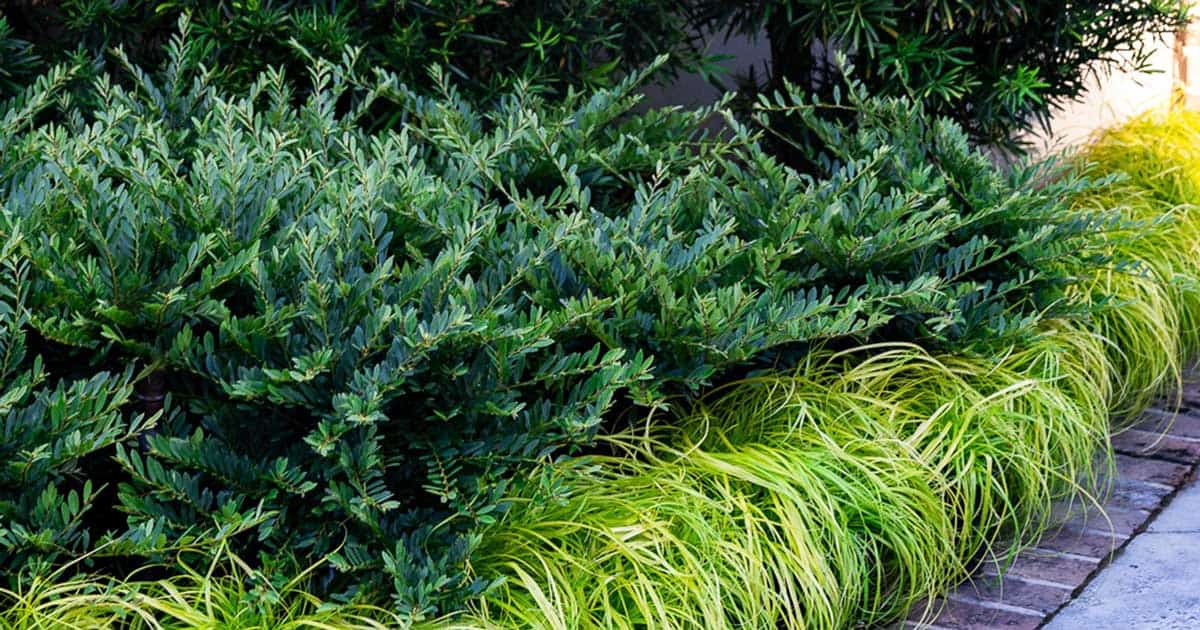
Getting to Know Distylium
Distylium is a relative newcomer to the nursery trade. Most available varieties are a hybrid of two species originating in Asia, Distylium racemosum and D. myricoides. These hybrids are available in a range of sizes, each featuring fine-textured evergreen foliage and compact growth. Densely packed branches create a full, mounding shrub with an upright to slightly arched growth habit.
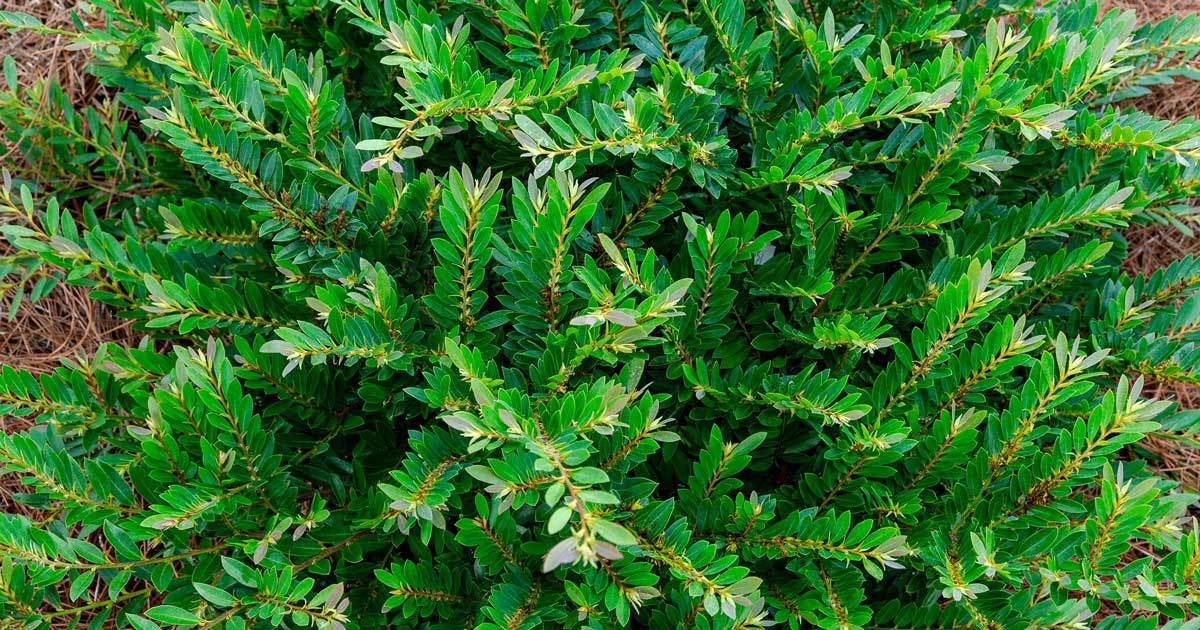
Foliage color can be varied between species. Bayou Bliss™ Distylium has soft, blue-green foliage and a low mounding habit. Reaching 2 to 3 feet high and 3 to 4 feet wide, Bayou Bliss™ works well in borders or low foundation plantings. Distylium also looks fabulous planted in mass and can be used on slopes to help stabilize soils.
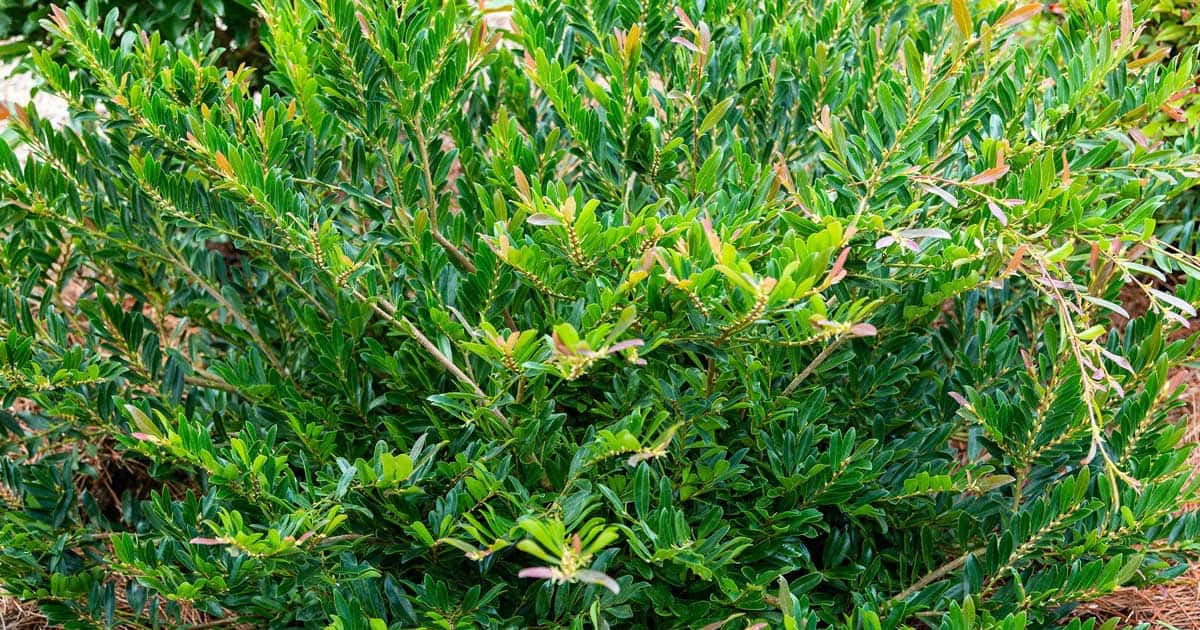
Cast in Bronze® Distylium has showy new growth in shades of bronze and maroon. As the season progresses, the new growth matures to a shiny dark green. This variety grows slightly larger, reaching 3 to 4 feet tall and wide. The upright, rounded canopy makes a wonderful medium-sized hedge or screen. Both species can be grown in containers to provide year-round color on porches and patios.
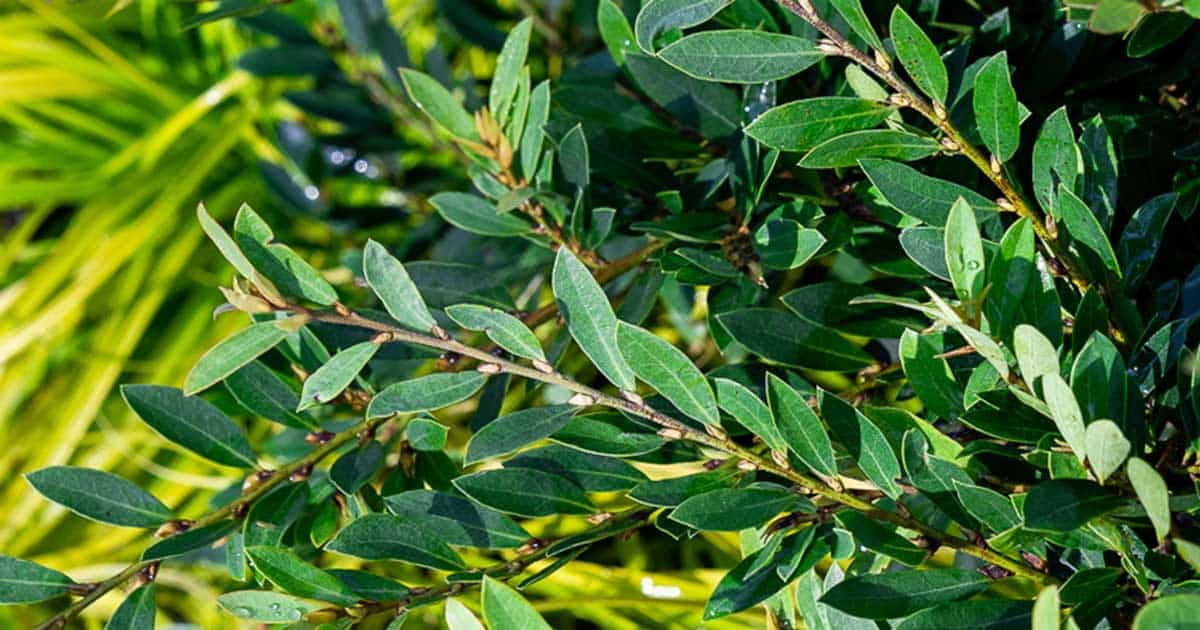
A Pest-Free Plant
Gardeners throughout the southern states and coastal areas are replacing troublesome boxwood, holly, cherry laurel, and other evergreen shrubs commonly plagued with pest problems with fuss-free Distylium plantings. Distylium hybrids demonstrate excellent disease resistance and are untroubled by insect pests. They also are highly resistant to deer and rabbit browsing.
Distylium Require Little Maintenance
Who likes pruning? That’s what we thought. With Distylium, you can keep the pruners in the garden shed. These hardy shrubs have a lovely natural form, growing in a compact mound with very little care. They can be maintained as a natural hedge or shaped if desired. For those that can’t help themselves with the pruners, light tipping in early summer stimulates new growth and a denser canopy. Distylium also have low to moderate water needs, so you aren’t going to spend your days lugging hoses.
Distylium are Versatile in the Garden
Despite their soft appearance, Distylium are tough plants. They thrive under a wide range of growing conditions, including clay and sandy soils. Distylium grows well in full sun to partial shade, though the canopy may be more open in shade. Established plants are quite tolerant to heat and drought. They are a good candidate for rain gardens, as they don’t mind getting their feet wet.
The graceful form of Distylium lends itself to both formal and natural designs. Plant them among flowering perennials to provide structure in a cottage style or English gardens. They also perform well as part of the foundation, particularly under low windows. Plant in masses along a border or walkway or use singly as an accent. Their compact habit makes Distylium quite useful in small spaces and containers.
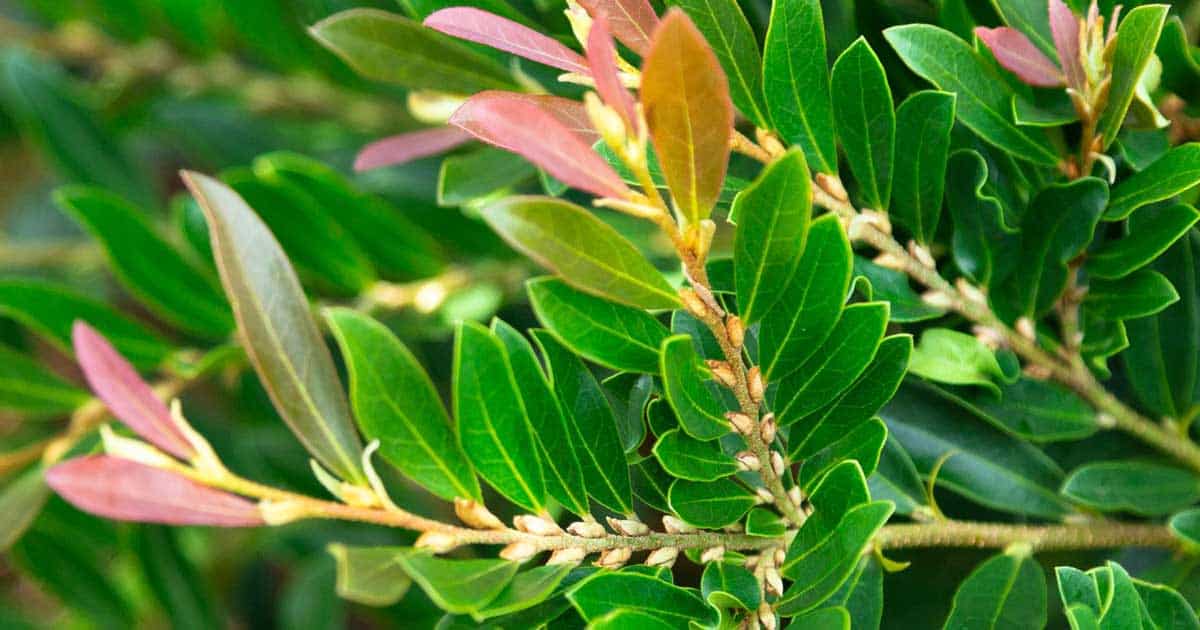
Distylium brings subtle beauty and lasting color to any plantings. Now that you’ve heard of this up-and-coming shrub, where will you plant Distylium?





